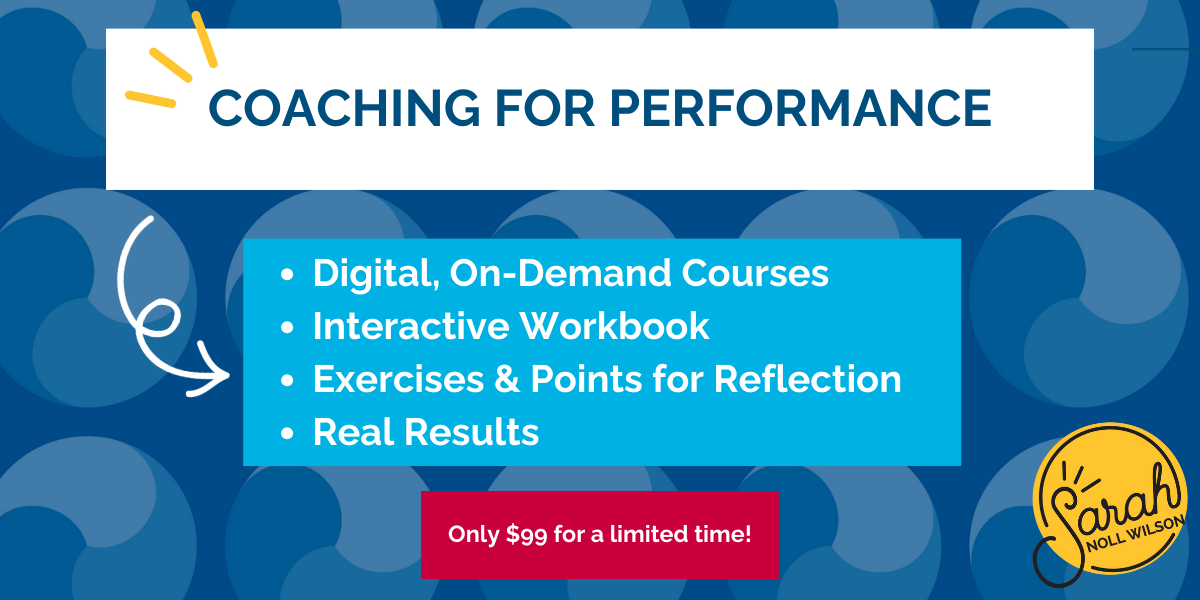
During this period of uncertainty and change in workplace norms and environments, we want to spend this week offering support to you, the leaders of workplaces that may be transitioning to virtual or hybrid models. We know that you must experiment with new ways of working at a pace we are not used to while managing the discomfort of humanity rebuilding its resilience.
We know from study after study that the last few years have brought huge shifts in power from leadership to company team members. The expectations of the workforce have changed, meaning we are in a period of chronic uncertainty.
In our work with senior leaders, we hear common themes of grief. Maybe not directly, but discussions of struggle and loss. Grief inevitably comes with building a hybrid workplace. We often hear a similar refrain: “no one ever questioned coming into the office before; no one ever questioned those hours.” I ponder aloud, is it that no one questioned it because it was a “good” experience, or is it that no one was questioning those things because it was the only experience available to us?
6 Leadership Losses You May Experience as Virtual Workplaces Become the Norm
When you are only used to being successful in a single way, it can feel like a major loss when upheaval to the norm occurs. If you are a leader struggling with moving to remote or moving to hybrid, and you are managing the differences of employees simultaneously struggling to move to remote or moving to hybrid, and you are managing the differences between employees at the same time, I would have you examine what losses you could be experiencing. Here are six of the ones we hear repeatedly.
- Loss of Familiarity of Structure – How work was talked about, managed, and structured did not change for most companies working in person. When moving to remote/hybrid many of the structures that worked before had to be reimagined.
- Loss of Familiarity with Relationship-building – “It’s so much harder to build relationships virtually” How we build relationships requires a higher level of intentionality when we work remotely. The number of interactions decreased, and the volume of transactional interactions increased.
- Loss of Sense of Usefulness – As people have developed greater levels of autonomy and technological solutions to manage projects, some leaders are figuring out what role they can play in the current structure.
- Loss of Control – “Employees rule now” There is a sense and reality that as workplace expectations shift, leaders don’t have the same level of influence they once had.
- Loss of Prestige – This one may be tough to consider but could be lurking. A leader may receive and enjoy benefits that do not exist in the virtual world. There is not a corner office on the Zoom screen.
- Loss of Presence and Perceived Power – Like the one above, there can be a sense of loss of presence and power as work shifts from visible in person to visible remotely.
How to Get Curious About Your Leadership Losses
What we know to be true about losses, perceived or real, is that the brain does not know the difference. If you feel any of the losses above, I want to invite you to spend some time reflecting on them. Here is how:
Identify the Loss
From the list above, write down or take note of the losses that resonate for you.
Is the Loss Real or Imagined?
After, take some time to reflect on the types of loss that ring true for you. Think through how the loss presents itself in the workplace and whether that loss is tangible or imagined.
Name the Threat, Cost, and Opportunity of the Loss
Putting names to the thing that threatens your loss can help you get to grips with it a little easier. It will also allow you to investigate the cost to you if that loss were to occur.
After you have on the threat and the cost of each loss, take some time to flip the script in your mind and journal the opportunities that will exist after the change. While there is always a cost to change, there is also an opportunity.
Identify Any Assumptions
One of the many things our brains do is fill in the gaps with stories to complete any experience we may have. Be mindful of this trap and check in with any assumptions you may have made.
At a recent conference, I spoke with another attendee who mentioned that she was struggling with team cohesion in their new virtual environment. She had said that, in part, having a younger team made it more difficult because they all preferred to communicate digitally. I had to pause and invite her to reflect on the assumption in that statement that effective team building and cohesion can only occur in person.
These small little assumptions happen every day, and the more you work your muscle to pause and reflect, the better you will get at catching them.
Be Willing to Experiment with Solutions to Your Losses
The goal of experimenting is to try varied approaches to address the challenge.
Experimenting requires us to:
- Keep a focus on learning
- Commit to trying novel approaches and giving them time to gestate
- Regulate the heat that those engaged in the experiment experience
Experimenting is…
- Permission to try something different
- Knowing it will not be right the first time
- Reflective and iterative
Experimenting is not…
- Lab reports or lots of documentation
- Knowing the answer before you start
- Getting it right the first time (although you might get close)
Key Questions:
- What hypotheses would be worth testing?
- What is a rule, and what is a possibility?
- What assumptions are we or might we be making?
Key Practices and Concepts:
- Generating a testable hypothesis
- Getting on the Balcony
- Regulating the heat
You have built a successful career by leading in a certain way, so it makes sense that it may feel unsettling if you are asked to do things differently. The best leaders are not the ones that have it all figured out; the best leaders are the ones that are always willing to try.
The best leaders are not the ones that have it all figured out; the best leaders are the ones that are always willing to try. Share on X
Sarah Noll Wilson is on a mission to help leaders build and rebuild teams. She aims to empower leaders to understand and honor the beautiful complexity of the humans they serve. Through her work as an Executive Coach, an in-demand Keynote Speaker, Researcher, Contributor to Harvard Business Review, and Bestselling Author of “Don’t Feed the Elephants”, Sarah helps leaders close the gap between what they intend to do and the actual impact they make. She hosts the podcast “Conversations on Conversations”, is certified in Co-Active Coaching and Conversational Intelligence, and is a frequent guest lecturer at universities. In addition to her work with organizations, Sarah is a passionate advocate for mental health.



